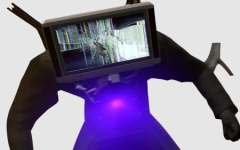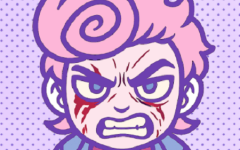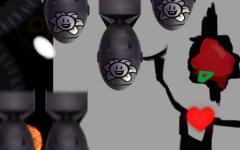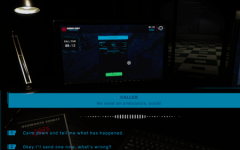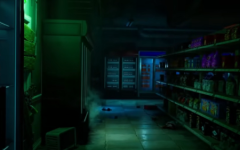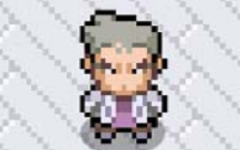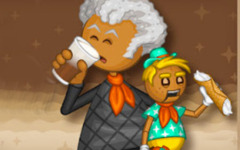Advertisement
Frog Legs
Advertisement
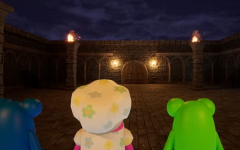
Frog Legs begins with what seems like a simple premise—frogs playing a familiar road-crossing game. But when a routine leap goes wrong, everything changes. After the incident, the frogs agree to leave it behind and move forward with normal lives. What unfolds is a surreal blend of humor, horror, and unexpected storytelling. The past, however, doesn’t stay buried, and soon players find themselves pulled back into something much stranger than they expected.
A Mix of Styles and Surprises
The game shifts constantly between different formats. One moment you’re hopping through busy streets in a 2D arcade environment, and the next you’re solving puzzles in a 3D first-person setting. Later, you’re holding a shotgun and facing something unrecognizable in a dim corridor. These transitions aren’t random—they reflect the changing tone and unraveling narrative. Each section brings its own gameplay mechanics, from dodging cars to navigating eerie buildings filled with clues.
What the Game Offers:
- A short playtime (about 40 minutes)
- A mix of 2D and 3D gameplay sections
- Sudden transitions between humor and horror
- Retro-style shooting moments with classic weapons
- A strange but structured story that builds tension
Characters With History
Frog Legs is filled with characters that seem silly at first glance, but their behavior hints at something deeper. The frogs speak and act like old friends trying to move on, yet cracks begin to show as the game progresses. Conversations shift in tone, objects from the past reappear, and the environments grow more distorted. The light-hearted beginning gives way to something more uncomfortable, forcing players to think about what’s really happening beneath the surface.
More Than a Joke
Despite the humor, Frog Legs uses its format to explore discomfort, denial, and memory in a stylized way. The horror isn’t just visual—it’s in the idea of refusing to face something that happened. The game never over-explains its story but lets the atmosphere and transitions speak for themselves. By the time the final level arrives, players realize that nothing in Frog Legs was as simple as it looked. It’s an experience that invites both laughter and unease in equal measure.






















































































































